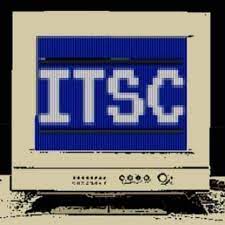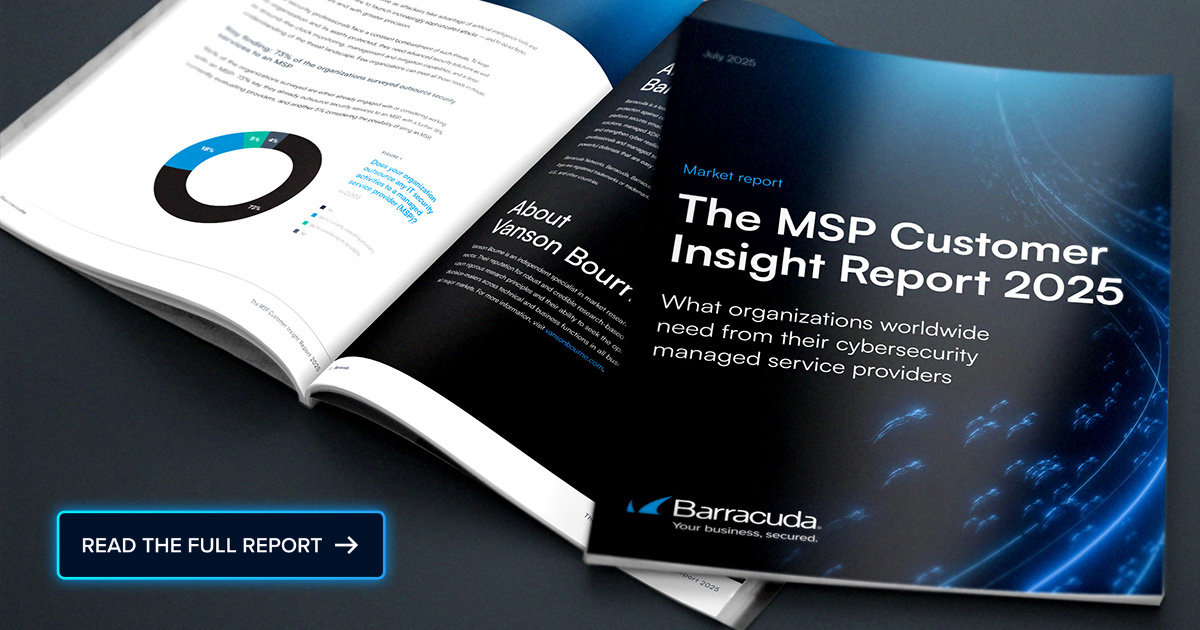
 A Top Down Ventures report forecasts that next-generation managed service providers (MSPs) that are focused on outcomes driven by artificial intelligence (AI) agents, will enjoy 10 to 15 basis points of higher EBITA margins than their current average.
A Top Down Ventures report forecasts that next-generation managed service providers (MSPs) that are focused on outcomes driven by artificial intelligence (AI) agents, will enjoy 10 to 15 basis points of higher EBITA margins than their current average.
The next evolution of managed services
MSPs that evolve into managed intelligence providers (MIPs)—focused on orchestrating AI agents, curating vertical solutions, and managing compliance to create strategic customer partnerships—could see EBITDA margins of 25–30 percent compared to the historical average of around 15 percent.
In fact, the future of managed services is no longer about maintaining uptime but about delivering intelligence at scale. A true MIP focuses on outcomes such as cyber-risk reduction, system uptime, regulatory compliance, customer-experience scores, and energy efficiency, rather than time-based services or reselling IT infrastructure.
The cost advantage of MIPs
Importantly, MIPs will also leverage AI to deliver services more cost-effectively. By 2028, the report estimates that AI agents will perform 40 percent of the average IT technician’s workflow, with humans training agents, auditing outcomes, explaining decisions to clients, and designing new workflows around intelligent systems. As AI permeates operations, MSPs will move from ticket-based productivity metrics to telemetry-based insights. Each customer environment generates millions of data points daily—latency metrics, security alerts, and process logs. Agentic systems ingest this data, detect patterns, surface anomalies, predict issues, and proactively maintain uptime.
The automation frontier
Ultimately, agents could perform up to 50 percent of the work currently done by Tier-1 technicians, the report forecasts. Today, roughly half of MSP technical labor is devoted to routine Level 1 and Level 2 tasks that can be automated with AI agents. Once trained, each agent instance operates at near-zero marginal cost. An MSP managing a fleet of about 500 active agents could perform work comparable to roughly 50 human technicians at a fraction of the variable expense. Even pricing automation at a 50 percent discount to human service rates could double gross margins.
For example, an MSP with $10 million in annual revenue and 75 employees might automate 30 percent of its Tier 1 workload. The same staff could then support roughly 20 percent more clients, keeping labor costs flat. If labor typically accounts for half of operating expenses, that additional capacity could lift EBITDA margins from about 15 percent to 18 percent, adding roughly $300,000 in annual profit without new capital investment.
Each additional five-point gain in automation can yield about a two-point improvement in margin and shorten deployment cycles for new automations by roughly 10 percent, according to the report.
Pilot programs and the productivity dividend
Pilot programs tracked by Top Down show a 60 percent reduction in average ticket resolution time and a 25 percent decrease in labor cost per device under management. This translates into a 400-basis point EBITDA uplift, without any top-line growth. Scaled across a $595 billion MSP market, the productivity dividend exceeds $20 billion annually.
Most importantly, the report concludes that MSP valuations will soon be tied more to documented automation metrics—such as tickets closed by agents, hours saved, or margin recovered. Tracking these metrics will be crucial because, without them, an MSP is unlikely to attract the level of capital investment needed to remain competitive.
MIPs, diminishing returns, and competitive pressures
There will, of course, come a time when the law of diminishing returns finally kicks in. Organizations that rely on MSPs will eventually drive prices lower by pitting one MIP against another. However, that shift will be difficult to achieve if customers are dependent on outcomes rather than merely consuming traditional commodity IT services. The challenge and opportunity for MSPs is to make the investments needed today to realize higher-margin benefits tomorrow.
Photo: Noin90650 / Shutterstock
This post originally appeared on Smarter MSP.

